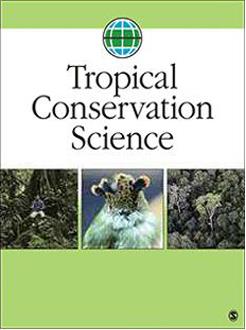Numbers of wild Asian elephants (Elephas maximus) have been decreasing gradually throughout Asia due primarily to human activities, such as poaching, and habitat encroachment and destruction that lead to human–elephant conflict. Sustainability problems exist in captive populations as well, where morbidity and mortality rates are high and reproduction is low. Determining the genetic diversity of these populations is essential for conservation and sustainable utilization efforts. Intersimple sequence repeat markers were used to assess the genetic variation and differentiation in 97 captive Asian elephants from seven elephant camps in Chiang Mai, Thailand. The nine primers chosen for the analysis revealed 88 bands in male and 115 bands in female elephants, of which 37 (42.05%) and 83 (63.64%) were polymorphic, respectively. Shannon’s index information (I = 2.415 ± 0.054) and expected heterozygosity (He = 0.892 ± 0.008) indicated high species-level genetic diversity. The fixation index (Fst) was −0.130 ± 0.016, demonstrating there was no genetic subdivision between populations. A cluster analysis was performed using Unweight Pair-Group Method with Arithmetic Mean and dendrograms, which illustrated genetic relationships among captive Asian elephants that included 2 main clusters across the seven camps and 27 clusters for the 97 individual elephants. This high variability may be due to the different origins of these individuals, including originating from other Asian countries. Thus, this study showed that intersimple sequence repeat marker analysis was effective in demonstrating high genetic diversity among captive Asian elephants in Chiang Mai province and found cluster differences that could be used to guide breeding management to decrease the risk of inbreeding among Asian elephant groups.
How to translate text using browser tools
1 January 2020
Genetic Diversity and Variation in Captive Asian Elephants (Elephas maximus) in Thailand
Wannapimol Kriangwanich,
Korakot Nganvongpanit,
Kittisak Buddhachat,
Janine L. Brown,
Puntita Siengdee,
Siriwadee Chomdej,
Pakkanut Bansiddhi,
Chatchote Thitaram

Tropical Conservation Science
Vol. 11 • No. 1
March 2018
Vol. 11 • No. 1
March 2018
Asian elephant
breeding
captive
genetic diversity
population





